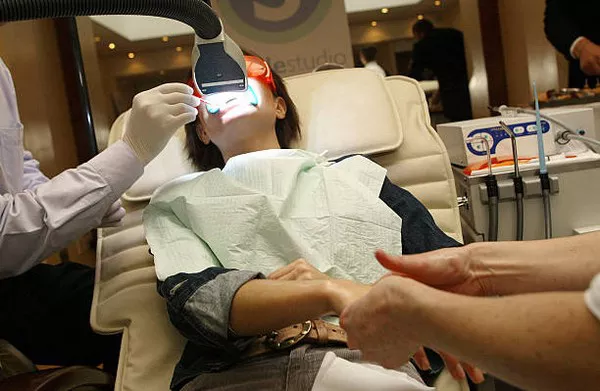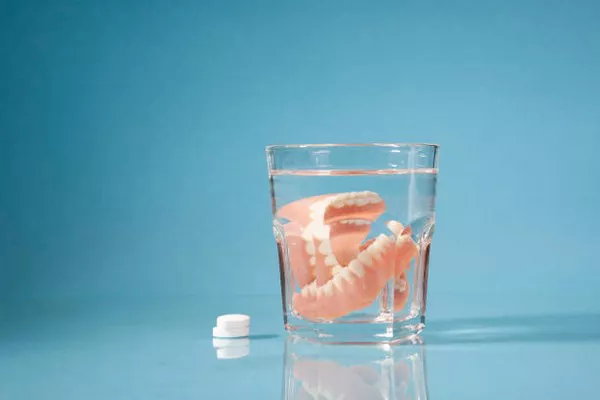Teeth whitening has become one of the most popular cosmetic dental procedures in recent years. With advances in technology and accessibility, many people are now able to whiten their teeth at home using whitening strips. However, there is still some confusion around how often these strips should be used for optimal results. In this article, we will discuss the recommended frequency of use for whitening strips and address some common concerns and misconceptions.
What are Whitening Strips?
Whitening strips are thin, flexible plastic strips that are coated with a gel containing hydrogen peroxide or carbamide peroxide. These chemicals penetrate the enamel on your teeth and break down stains, leaving your teeth looking brighter and whiter. Whitening strips are applied to your teeth for a specific amount of time each day, usually ranging from 30 minutes to an hour, depending on the brand and strength.
How Often Should You Use Whitening Strips?
The recommended frequency of use for whitening strips depends on the strength of the product you are using. Most over-the-counter whitening strips are designed to be used once a day for two weeks. However, if you have very sensitive teeth, it may be best to use them every other day or reduce the amount of time you leave them on your teeth.
If you are using a professional-strength whitening strip, the instructions may vary. Some brands recommend using their products for up to four weeks, while others suggest using them for only a few days. It is important to carefully read and follow the instructions that come with your specific brand of whitening strips.
It is also important to note that overuse of whitening strips can cause damage to your teeth and gums. Using strips too frequently or leaving them on for too long can lead to tooth sensitivity, gum irritation, and even chemical burns.
Factors to Consider
There are several factors to consider when deciding how often to use whitening strips. One of the most important factors is the strength of the product you are using. Over-the-counter whitening strips are generally milder than professional-strength products, which means they can be used more frequently without causing damage.
Another factor to consider is the condition of your teeth and gums. If you have sensitive teeth or gum disease, it may be best to avoid using whitening strips altogether. Additionally, if you have any dental work like veneers or crowns, these will not whiten with strips, so be aware that it could cause uneven whitening.
It is also important to note that the results of whitening strips are not permanent. The effects of the treatment typically last anywhere from a few months to a year before the teeth start to darken again. So, while it may be tempting to use whitening strips more frequently to maintain your results, it is important to give your teeth a break in between treatments.
Alternatives to Whitening Strips
If you are concerned about using whitening strips too frequently or experiencing sensitivity, there are several alternatives available for achieving a brighter, whiter smile. One option is to have a professional teeth whitening treatment done by your dentist. These treatments use stronger bleaching agents and can produce more dramatic results in a shorter amount of time.
Another option is to use at-home whitening kits that come with custom-fitted trays. These trays are filled with a whitening gel and worn for a certain amount of time each day. While this method takes longer than using whitening strips, it can be more effective and less likely to cause sensitivity.
Conclusion
In conclusion, the recommended frequency of use for whitening strips depends on the strength of the product and your individual dental health. Most over-the-counter whitening strips should be used once a day for two weeks, while professional-strength products may require different usage instructions. It is important to read and follow the instructions carefully to avoid overuse and potential damage to your teeth and gums. If you have concerns about using whitening strips, talk to your dentist about alternative options for achieving a brighter, whiter smile.


























